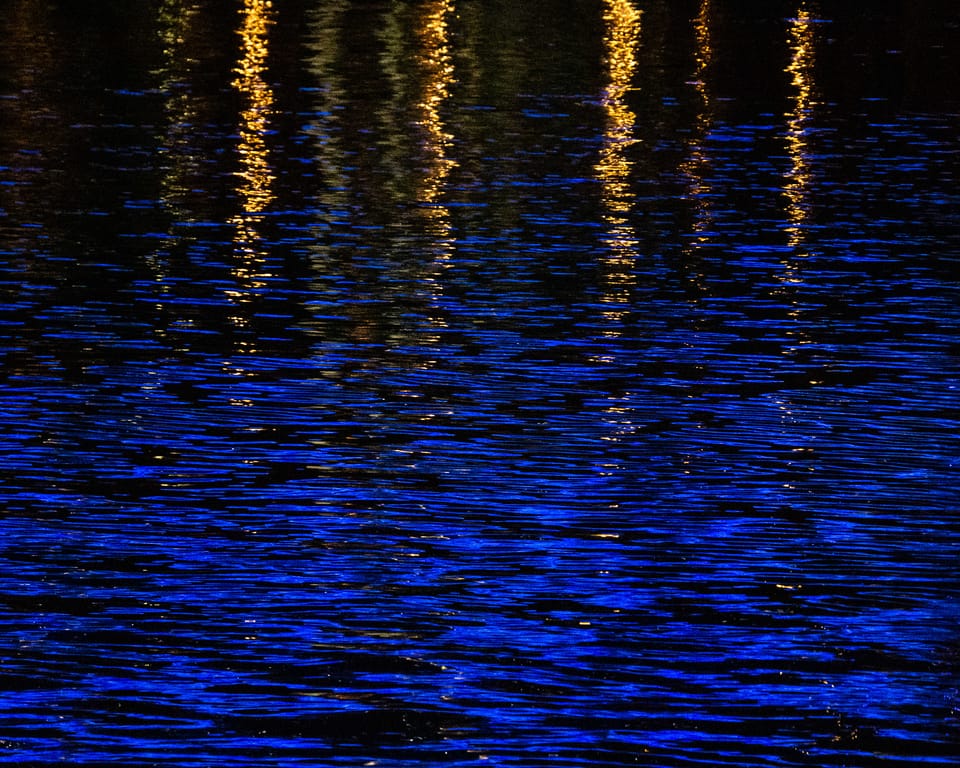Can You See the Stars?

“The thought of light traveling billions of years from distant galaxies only to be washed out in the last billionth of a second by the glow from the nearest strip mall depresses me no end.” – vision scientist Sonke Johnsen [An Immense World, Ed Yong]
A recently published book and report provide insights into the impact of artificial light on our planet. We’ve compiled a short list of things you can do to reduce light pollution.
Citizen Science
Citizen scientists were asked to look at 8 different maps of their local night sky and choose which one most closely resembled what they could see when they went outside and report the results on the National Science Foundation’s Globe at Night website. Christopher Kyba and his team analyzed the data collected between 2011 and 2022. The results show that the night sky has brightened by over 10% annually over the last decade (6.5% in Europe and 10.4% in North America). This is much higher than the 2% increase previously estimated by weather satellites. Satellites, however, miss lights that point sideways as well as blue light from LEDs. [Wired]
Ancient Rhythms
In The Darkness Manifesto: On Light Pollution, Night Ecology, and the Ancient Rhythms that Sustain Life, Johan Eklöf states that 10% of energy use is devoted to light but only a fraction of that light is useful: “Badly directed and unnecessarily strong lights cause pollution that is the equivalent to the carbon dioxide emissions of nearly 20 million cars”. Artificial light has a heavy impact on insects, half of whom are nocturnal, as well as birds, bats, plants, turtles, coral, and clownfish. In the 1980s, two thirds of the churches in southwest Sweden had resident bat colonies. That number has dropped by a third: “The churches all glow like carnivals in the night … All the while the animals — who have for centuries found safety in the darkness of the church towers and who have for 70 million years made the night their abode — are slowly but surely vanishing from these places.” The final third of The Darkness Manifesto looks at the impact of light pollution on humans: “People in Hong Kong sleep under a night sky that is twelve hundred times brighter than an unilluminated sky … and if you were raised in Singapore, you’ve likely never experienced night vision.” [Undark]
Turning Out the Lights
Here are 8 ways to reduce light pollution:
Turn off lights when not in use.
Reduce your use of decorative lights.
Use the lowest intensity lighting.
Avoid blue lights at night.
Keep blinds and curtains closed at night.
Keep outdoor lights close to the ground, pointing downwards, and shielded.
Use motion sensors and timers on necessary outdoor lights.
Outdoors, use non-reflective, dark-coloured surfaces that won’t reflect light.
Additional Resources
Looking for the Stars in Western Canada [EcoFriendly West]
Light Pollution Solutions [International Dark-Sky Association]
Turn off the porch light: 6 easy ways to stop light pollution from harming our wildlife [The Conversation]
10 Simple Ways to Reduce Light Pollution [Visit Durango Colorado]
Photo credit: https://www.flickr.com/photos/apmckinlay/44827837995
EcoFriendly West informs and encourages initiatives that support Western Canada’s natural environment through its online publication and the Nature Companion website/app. Like us on Facebook, follow us on Twitter, or subscribe by email.

Member discussion